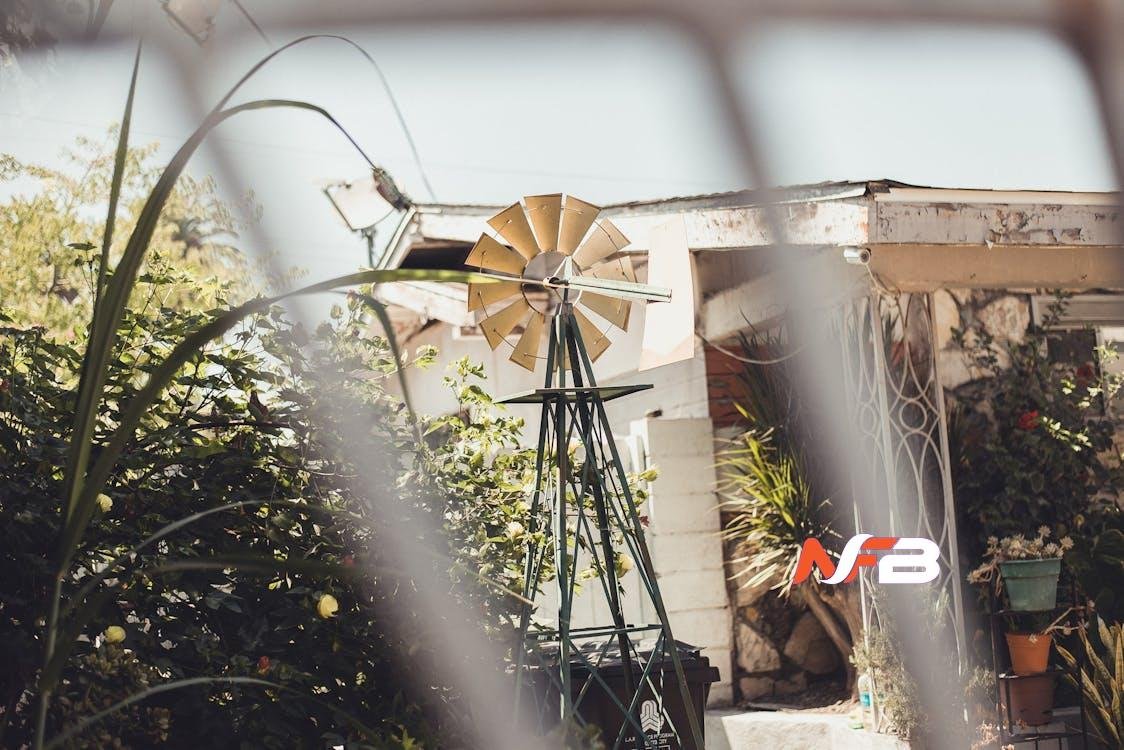Particularly in house renovation projects, the need for sustainable living practices becomes clearer as knowledge of environmental problems rises. Selecting environmentally friendly building materials and design features lessens a house’s environmental impact and improves its utility and visual attractiveness. Homes that show their dedication to sustainability can be created by choosing energy-efficient equipment, creatively designed water-saving techniques, and sustainably sourced goods. Incorporating recycled and upcycled furniture also gives homes a distinctive character and helps to conserve resources. This all-encompassing approach to house renovation helps create a better planet and a more resilient and fashionable living space.
Choosing eco-friendly building materials
Products with the least negative environmental impact should be given priority in any home renovation project. To ensure responsible forestry, use wood certified by groups such as the Forest Stewardship Council and supplied responsibly. By producing renewable energy directly from sunlight, integrated solar PV panels are a potent approach to further minimising your carbon footprint. Moreover, recycled materials contribute to waste reduction and home character addition. Examples of these materials are salvaged wood and repurposed bricks. Using low-VOC paints and finishes results in a lovely, environmentally responsible finish in addition to improving indoor air quality. Making these sustainable decisions a priority guarantees a healthier, greener living environment.
Energy-efficient appliances and fixtures
Investing in less energy-consuming appliances and fittings can greatly lower your house’s carbon footprint. Look for goods with high energy efficiency ratings, such as those approved by Energy Star or other equivalent programs, which show reduced energy consumption without compromising performance. Including LED lighting all around your house improves illumination and results in significant electricity savings. Consider adding low-flow taps and showerheads to save water while still having functionality. Any remodelling would be a sensible investment since these decisions support sustainability and result in long-term cost savings.
Water-saving strategies
A sustainable house depends on using techniques to save water. Installing rainwater collecting systems helps greatly lessen reliance on mains water by capturing and storing rain for irrigation and other non-potable uses. Furthermore, consider xeriscaping, which uses drought-resistant plants needing less water, to improve the sustainability of your garden. Smart irrigation systems may also maximise water use by varying plans depending on the state of the weather. Combining these techniques helps preserve the surroundings and makes your house stronger and more efficient.
Recycled and upcycled decor and furnishings
Using recycled or up cyclable furniture and decorations adds style to your house while also helping the earth. Find salvaged wood products to save waste while adding rustic appeal to your area. Vintage furniture looks great with fresh upholstery or paint, which reduces the requirement for new materials. Recycling materials such as metal and glass results in eye-catching decorations. Accepting these innovative alternatives helps the environment while giving your property a unique appearance.
Recycled or upcycled décor, water-saving methods, energy-efficient appliances, and environmentally friendly building materials all increase the sustainability of your house and show how committed you are to protecting the environment. During the restoration process, making deliberate decisions will lead to a liveable space that is both visually beautiful and ecologically conscious. These options preserve resources, benefit the environment, and save money, allowing you to live in a house that reflects your values while being comfortable and elegant. These principles encourage responsibility and creativity, transforming your house into a sanctuary that values the environment and supports sustainability.















Leave a Reply